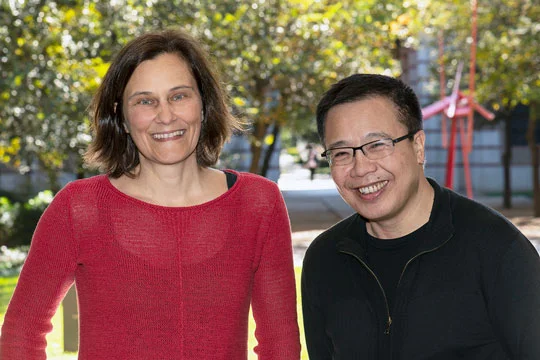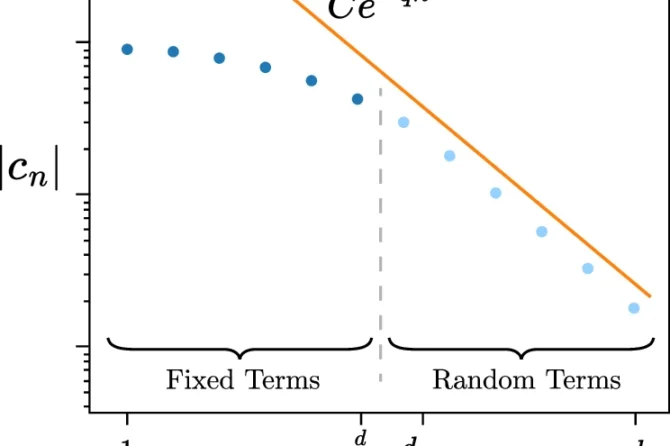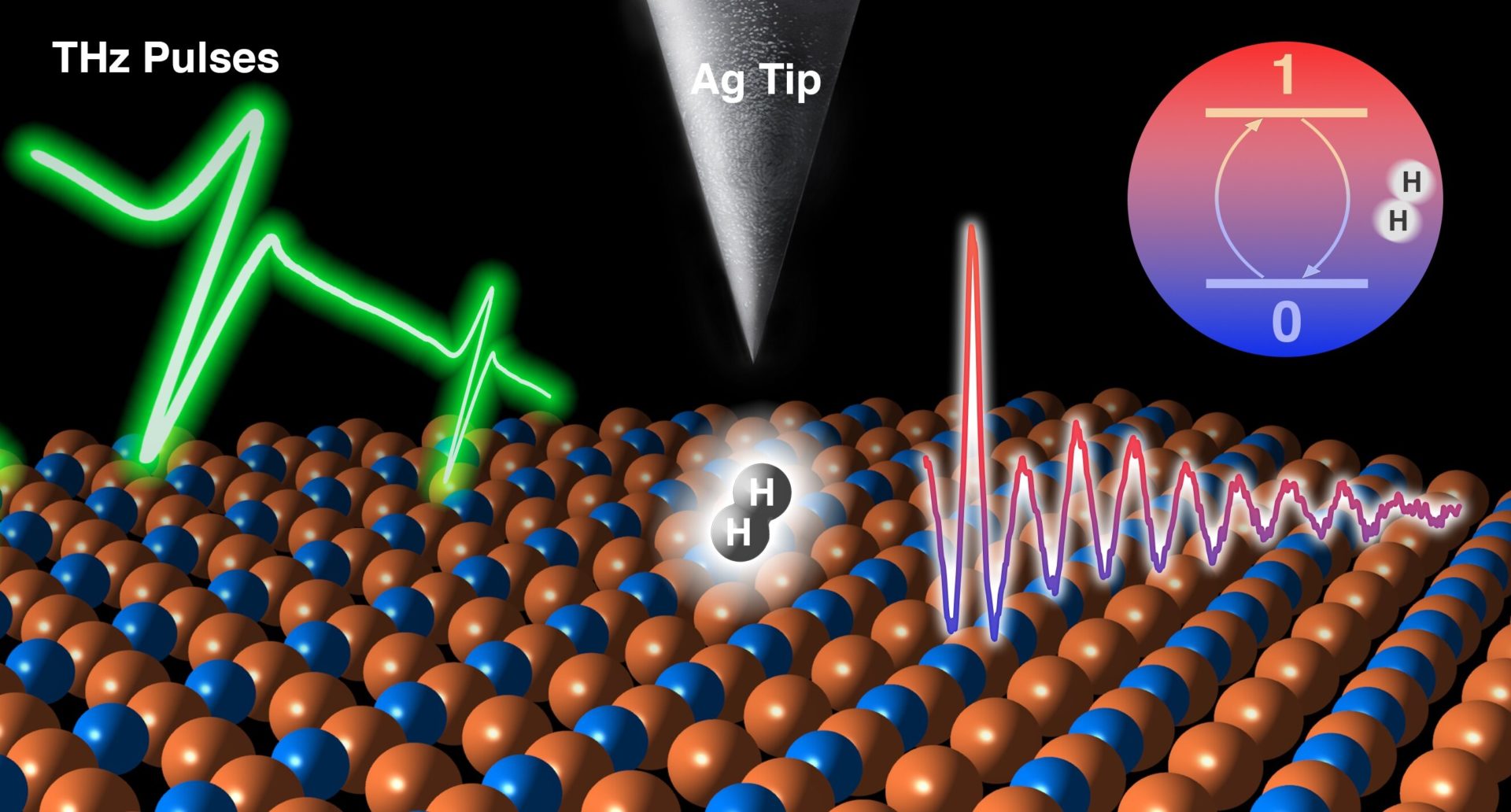Physicists from Rice University, TU Wien, Los Alamos National Laboratory, and Radboud University have achieved a significant breakthrough in quantum materials research by discovering a method to switch topological states on and off using magnetic fields. This development is particularly noteworthy because topological states, known for their stability and resistance to quantum decoherence, are crucial for quantum computing applications.
The research, published in Nature Communications, focuses on a strongly correlated metal, marking a departure from traditional topological studies that typically examine insulating materials with weak electron correlations. The material in question exhibits a special state called a Weyl-Kondo semimetal, which was previously discovered through collaboration between theoretical physicists at Rice University, led by Qimiao Si, and experimental researchers at TU Wien, headed by Silke Bühler-Paschen.
The key to this breakthrough lies in the material’s strong electron correlations, where billions of electrons interact collectively rather than individually. These strong correlations amplify the material’s response to external magnetic fields dramatically. While small impurities or disturbances don’t significantly affect the material’s topological properties, the application of a laboratory-scale external magnetic field can effectively switch the topological state on and off.
The mechanism behind this control involves Weyl fermions, charge carriers that exist in two varieties with opposite chirality, similar to matter and antimatter particles. In normal materials, it would be impossible to generate a magnetic field strong enough to force these opposite-chirality Weyl fermions to annihilate each other. However, the strong correlations in the Weyl-Kondo semimetal make this possible with relatively modest magnetic fields, allowing researchers to switch off the topological state by causing the Weyl fermions to annihilate each other.
This discovery has significant practical implications. The metallic nature of the topological state provides versatile means of control, and the strong correlations cause the Weyl fermions to couple with microwave-range radiation, making the material particularly suitable for technical applications. According to Bühler-Paschen, the switchable topological states could be utilized in sensor technology. Si suggests the technology might also find applications in exotic electronics and quantum computers.
The research represents a convergence of several important quantum physics concepts. The Kondo effect, a quintessential example of strong-correlation physics, combines with the relativistic wave equations described by physicist Hermann Weyl in 1929 to create the unique properties of the Weyl-Kondo semimetal. This combination allows for unprecedented control over topological states, which are typically considered immutable.
The implications of this discovery extend beyond the immediate breakthrough. The ability to switch topological states on and off in a controlled manner could lead to more robust and versatile quantum computing systems. The fact that this can be achieved using laboratory-scale magnetic fields makes the technology potentially practical for real-world applications. Additionally, the material’s interaction with microwave radiation opens up possibilities for new types of electronic devices and sensors.
Reference: Sami Dzsaber, Diego A. Zocco, Alix McCollam, Franziska Weickert, Ross McDonald, Mathieu Taupin, Gaku Eguchi, Xinlin Yan, Andrey Prokofiev, Lucas M. K. Tang, Bryan Vlaar, Laurel E. Winter, Marcelo Jaime, Qimiao Si, Silke Paschen. Control of electronic topology in a strongly correlated electron system. Nature Communications, 2022; 13 (1) DOI: 10.1038/s41467-022-33369-8



